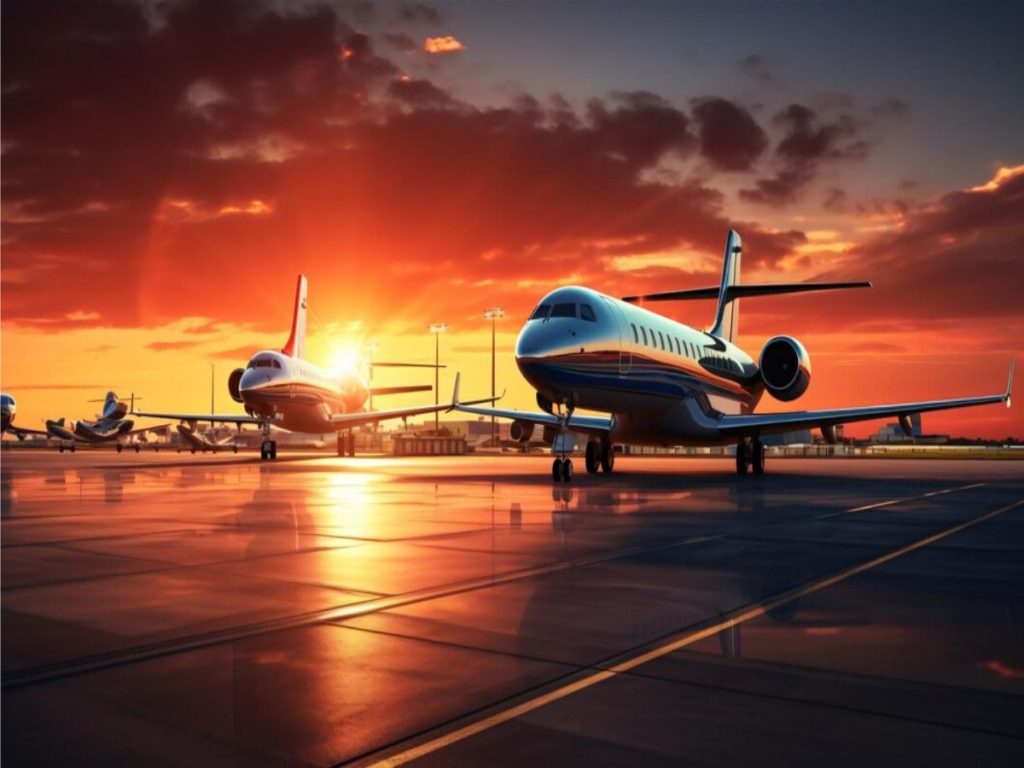An aircraft is a vehicle that can fly by gaining support from the air. It counters the force of gravity by using either static lift or by using the dynamic lift of an airfoil, or in a few cases the downward thrust from jet engines. Common examples of aircraft include airplanes, helicopters, airships (including blimps), gliders, paramotors, and hot air balloons.
The human activity that surrounds aircraft is called aviation. The science of aviation, including designing and building aircraft, is called aeronautics. Crewed aircraft are flown by an onboard pilot, but unmanned aerial vehicles may be remotely controlled or self-controlled by onboard computers. Aircraft may be classified by different criteria, such as lift type, aircraft propulsion, usage, and others.

Flying model craft and stories of manned flight go back many centuries; however, the first manned ascent — and safe descent — in modern times took place by larger hot-air balloons developed in the 18th century. Each of the two World Wars led to great technical advances. Consequently, the history of aircraft can be divided into five eras:
Aircraft are designed according to many factors such as customer and manufacturer demand, safety protocols, and physical and economic constraints. For many types of aircraft, the design process is regulated by national airworthiness authorities.
The key parts of an aircraft are generally divided into three categories:

Don’t miss our future updates! Get Subscribed Today!
2024 © All Rights Reserved by Tech Sol Studio